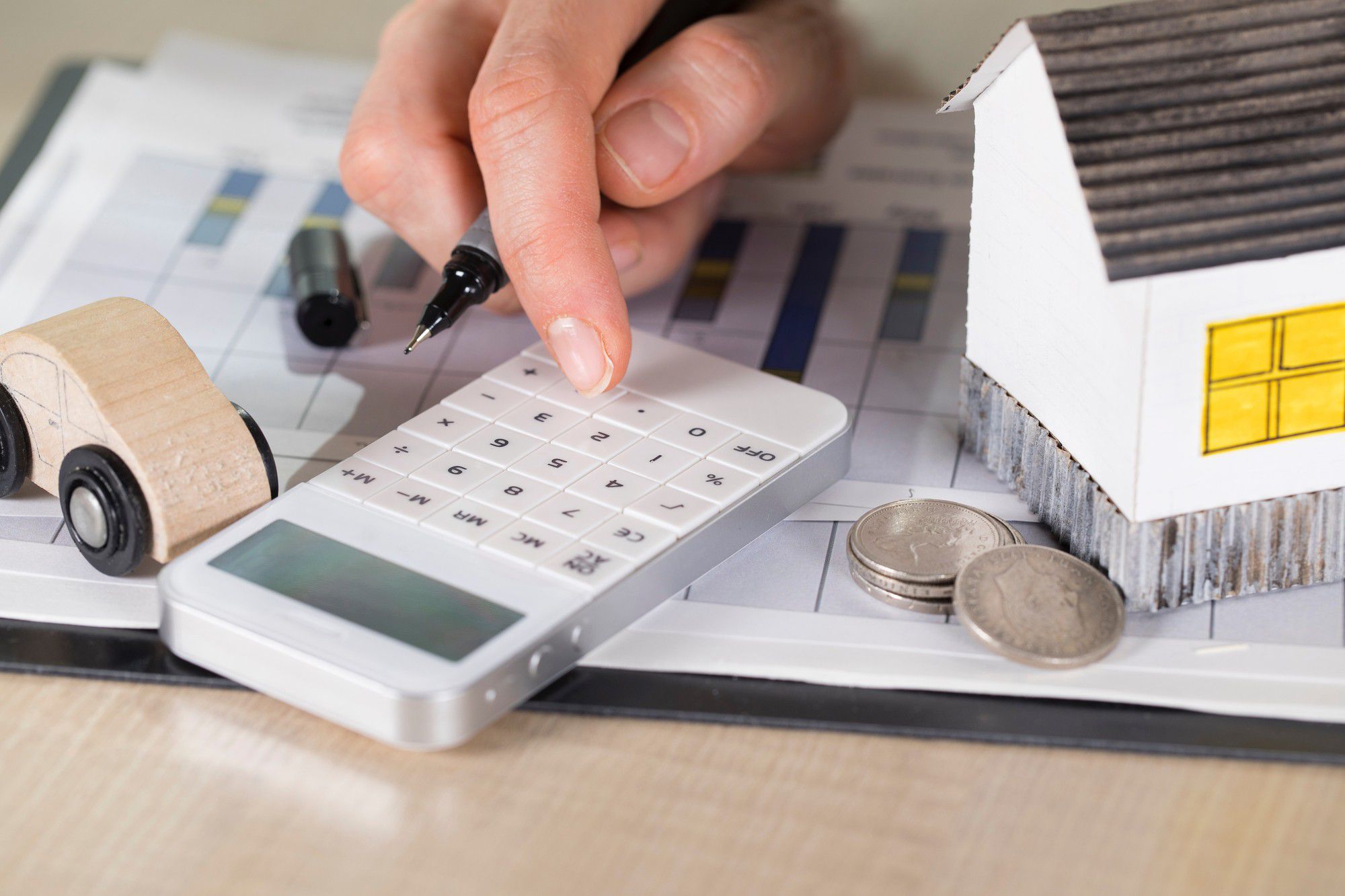Read For Me
Mortgage fees and down payment

Closing costs, down payment amount and how much mortgage you qualify for, can affect your offer. Here are the breakdown of mortgage closing costs. Here is a list of mortgage costs / charges you can expect when buying a home.
Fees
The costs banks and mortgage companies charge usually include the following:
- Application fee – the money paid to the lender for processing the mortgage documents
- Insurance – homeowner’s coverage for fire and casualty to the home
- Origination fee – A fee, often a percentage of the total principal of a loan, charged by a lender to a borrower on initiation of the loan
- Closing costs – The numerous expenses (over and above the price of the property) that buyers and sellers normally incur to complete a real estate transaction.
- Interest – the cost of using the money, based on a percentage of the amount borrowed.
Every lender or broker should be able to give you an estimate of their fees. Many of these fees are negotiable. Some fees are paid when you apply for a loan, and others are paid at closing. In some cases, you can borrow the money needed to pay these fees, but doing so will increase your loan amount and total costs. “No cost” loans are sometimes available, but they usually involve higher rates.
Down Payment
The amount of money a buyer needs to pay down on a home is one of the most misunderstood concepts in home buying. Some people think they need to make a down payment of 50 percent of the home’s price, but most loans are based on a 20 percent down payment. There are mortgage options now available that only require a down payment of 5% or less of the purchase price. If a 20 percent down payment is not made, lenders usually require the home buyer to purchase private mortgage insurance (PMI) to protect the lender in case the home buyer fails to pay. Ask about the lender’s requirements for a down payment, including what you need to do to verify that funds for your down payment are available. Make sure to ask if PMI is required for your loan, and also find out what the total cost of the insurance will be.
1. Amortization
Amortization is the paying off of the mortgage debt in regular installments over a period of time, i.e. 30 years. If you pay the same monthly amount according to the terms of your note, then your debt will be paid in the exact number of years outlined for you. You may, however, make additional monthly payments which are applied directly to the principal amount thus reducing your mortgage term substantially. Understand negative amortization. Some home loans offer attractive monthly mortgage payments but at times those low payments don’t cover the interest portion of the loan. When that happens, part of the principal amount is deducted, resulting in what lenders call “negative amortization.” Simply put, it means you are losing equity in your home.
2. Interest Rate
The interest rate is the monthly effective rate paid on borrowed money, and is expressed as a percentage of the sum borrowed. A lower interest rate allows you to borrow more money than a high rate with the same monthly payment. Interest rates can fluctuate as you shop for a loan, so ask lenders if they offer a rate “lock-in” which guarantees a specific interest rate for a certain period of time. Remember that a lender must disclose the Annual Percentage Rate (APR) of a loan to you. The APR shows the cost of a mortgage loan by expressing it in terms of a yearly interest rate. It is generally higher than the interest rate because it also includes the cost of points, mortgage and other fees included in the loan. If interest rates drop significantly, you may want to investigate refinancing. Most experts agree that if you plan to be in your house for at least 18 months and you can get a rate 2% less than your current one, refinancing is smart. Refinancing may, however, involve paying many of the same fees paid at the original closing, plus origination and application fees.
3. Discount points
Discount points are prepaid interest and allow you to buy down your interest rate. One discount point equals 1% of the total loan amount. Generally, for each point paid on a 30-year mortgage, the interest rate is reduced by 1/8 (or.125) of a percentage point. When shopping for loans ask lenders for an interest rate with 0 points and then see how much the rate decreases with each point paid. Compare the monthly difference in payments with the total discount points you are willing to pay, and see how many months you need to stay in the home to recoup your money. Points are tax deductible when you purchase a home and you may be able to negotiate for the seller to pay for some of them.
4. Escrow Account
Established by your lender, an escrow account is set up to manage monthly contributions to cover annual charges for homeowner’s insurance, mortgage insurance and property taxes. The borrower contributes 1/12 of the annual costs monthly so that the lender will have sufficient money to pay for the taxes and insurances. Escrow accounts are a good idea because they assure money will always be available for these payments.
